The Basics of Bamboo
Bamboo, a versatile and fascinating plant, belongs to the subfamily Bambusoideae of the grass family Poaceae. Known for its impressive growth rate and durability, Bamboo is a natural choice for a myriad of applications ranging from construction materials to everyday household items. In this comprehensive article, we will delve into the characteristics of Bamboo, explore its types and varieties, and examine its unique growth cycle. Additionally, the environmental benefits, health advantages, and innovative uses of Bamboo will be discussed, along with the challenges faced in its cultivation. These insights are designed to provide a holistic understanding of this remarkable plant.Bamboo is not just an ordinary plant; its benefits and applications are far-reaching and can lead to sustainable practices across various industries.
What is Bamboo?
Bamboo is not merely a single plant but a group of perennial evergreen plants that thrive in a variety of climates. Characterized by its woody, hollow stems known as culms, Bamboo can reach remarkable heights, with some species soaring more than 100 feet tall. Its rapid growth is one of its inherently virtuous features; certain species can grow up to 35 inches in a single day, making it one of the fastest growing plants on Earth.
This impressive growth rate contributes to Bamboo’s sustainability – it can regenerate quickly after harvesting without the need for replanting. Furthermore, Bamboo has a complex root system that helps maintain soil health and prevent erosion, indicating its vital role in combating climate change and promoting environmental sustainability.
Types and Varieties of Bamboo
A diverse range of Bamboo species exists, each with its own unique set of characteristics. Generally, Bamboo species can be classified into two main categories: clumping Bamboo and running Bamboo.
- Clumping Bamboo: This variety grows in tight clusters and spreads slowly. Its compact growth pattern makes it an excellent choice for gardens and confined spaces. Some popular clumping species include Fargesia and Bambusa.
- Running Bamboo: Unlike clumping Bamboo, running species spread aggressively through underground rhizomes, making them ideal for creating a dense screen or privacy barrier. However, careful management is necessary to control their spread. Common running species include Phyllostachys and Sasa.
In addition to these categories, various species of Bamboo come in myriad sizes, colors, and textures, from the tiny Paulownia to the giant Bamboo arundinacea. This diversity contributes significantly to Bamboo’s appeal in different applications, ranging from landscaping to interior design.
The Growth Cycle of Bamboo
The growth cycle of Bamboo is fascinating and distinct from other plants. Bamboo typically goes through three main stages: germination, vegetative growth, and maturity.
- Germination: After planting, a Bamboo seed will take approximately two to three weeks to sprout. This initial phase is critical and must be supported with adequate moisture and the right temperature.
- Vegetative Growth: During this phase, Bamboo experiences rapid growth, reaching its maximum height in just one growing season. The culms produced during this stage are the primary stems that support the plant.
- Maturity: Once the plant has reached full height, it can continue to grow deeper roots and undergo occasional culm production. The maturity phase can last many years, and during this time, Bamboo becomes increasingly resilient and sustainable.
Understanding these growth stages is crucial for anyone looking to cultivate Bamboo, whether for landscaping or commercial harvesting, as effective management can greatly enhance overall yield and sustainability.
Benefits of Bamboo
Bamboo offers a plethora of benefits across environmental, health, and economic categories. Its multifaceted advantages position it as a prime choice for sustainable living and eco-friendly practices.
Environmental Benefits of Bamboo
The environmental benefits of Bamboo are substantial. Firstly, Bamboo plays a crucial role in carbon sequestration. It is estimated that a mature Bamboo forest can absorb more carbon dioxide compared to a similar-sized hardwood forest, thus contributing significantly to climate mitigation efforts.
Additionally, Bamboo requires significantly less water than traditional timber trees. Upon harvesting, it regenerates rapidly, eliminating the need for replanting and reducing soil disruption. Furthermore, Bamboo’s extensive root systems stabilize soil, protect against erosion, and promote biodiversity by providing habitats for various wildlife.
Health Benefits of Bamboo Products
Beyond its ecological advantages, Bamboo is also a powerhouse for health benefits. Products made from Bamboo, such as utensils, clothing, and bedding, are naturally biodegradable, making them a sustainable choice for environmentally-conscious consumers.
Moreover, Bamboo has antimicrobial properties that can help reduce the presence of bacteria and fungi. Bamboo textiles, for example, are hypoallergenic and tend to be more breathable than cotton, promoting skin health and general comfort.
Economic Advantages of Using Bamboo
Combining a rapid growth cycle with high demand, Bamboo also presents numerous economic advantages. As a renewable resource, Bamboo cultivation can generate income for farmers and landowners. With increasing global awareness of sustainable practices, the market for Bamboo products is growing, providing lucrative opportunities for entrepreneurs.
In addition, Bamboo requires relatively minimal maintenance compared to traditional crops, making it an efficient choice for cultivation. Its numerous applications in furniture, construction, and handicrafts help stimulate local economies while promoting sustainable practices.
Sustainable Uses of Bamboo
As discussed previously, the myriad uses of Bamboo extend into various industries. Its sustainable properties make it an ideal candidate for innovative applications across construction, fashion, and agriculture.
Bamboo in Construction and Architecture
In recent years, Bamboo has gained traction in construction and architecture due to its strength and sustainability. Not only does Bamboo provide an eco-friendly alternative to traditional building materials, but it also displays impressive structural capabilities.
Structural Bamboo can be used for beams, columns, and flooring. Moreover, as a lightweight material, it facilitates quicker construction times and requires less energy to transport compared to heavier alternatives. Innovative architects are now exploring methods to integrate Bamboo into modern designs, showcasing its potential in urban settings.
Bamboo in Fashion and Textiles
In the fashion and textile industries, Bamboo fabric has gained popularity due to its softness and versatility. Bamboo fibers are naturally moisture-wicking and biodegradable, making them a sustainable option for clothing, towels, and bedding.
Furthermore, Bamboo’s antimicrobial properties reduce odor, making it an excellent choice for activewear and undergarments. As sustainability becomes increasingly important to consumers, fashion brands are investing in Bamboo textiles to meet this growing demand.
Bamboo in Agriculture and Landscaping
In agriculture, Bamboo is a valuable resource in sustainable farming practices. It can serve as windbreaks, erosion control, and natural fencing. Additionally, its deep-root system aids in soil aeration and fertility, resulting in healthier crops.
Landscaping also benefits from the aesthetic appeal of Bamboo. Its ability to provide privacy while enhancing outdoor spaces makes it a desirable choice for gardens and public spaces. With its charming appearance and environmental benefits, Bamboo stands as a superior landscaping option.
Challenges in Bamboo Cultivation
Despite its numerous advantages, Bamboo cultivation is not without challenges. Understanding these hurdles is vital for fostering sustainable farming practices.
Common Pests and Diseases Affecting Bamboo
Bamboo can be susceptible to various pests, such as aphids and scale insects, which can weaken plants. Additionally, diseases like Bamboo blight can devastate crops if not managed carefully. Regular monitoring and integrated pest management strategies can help mitigate these issues.
Environmental Impacts of Bamboo Farming
While Bamboo is known for its sustainability, poor farming practices can lead to negative environmental impacts. Overharvesting can degrade ecosystems, while monoculture farming may hinder biodiversity. Educating farmers on ethical cultivation practices is essential for achieving long-lasting benefits.
Managing Bamboo Growth
Efficient management of Bamboo growth involves regulating its spread and ensuring optimal health. This may include measures such as proper spacing when planting, managing water supply, and integrating companion planting. Establishing sound management practices can ensure Bamboo’s benefits are realized while preventing pitfalls.
The Future of Bamboo
The future of Bamboo in a rapidly changing world appears bright. As sustainability remains a priority for various sectors, Bamboo’s role as a viable alternative in multiple industries will only grow.
Innovative Uses of Bamboo in Modern Society
With advancements in technology and material sciences, new uses for Bamboo continue to emerge. Researchers are exploring opportunities in bioenergy, bioplastics, and even construction methods that utilize Bamboo composites. These developments represent innovative solutions in addressing global challenges such as climate change and resource depletion.
Market Trends for Bamboo Products
The global market for Bamboo products is on the rise as consumers increasingly demand sustainable options. Trends show a growing interest in Bamboo flooring, furniture, and textiles, prompting industries to adapt to this eco-conscious consumer base.
Advocating for Bamboo Sustainability
A collective effort to advocate for Bamboo sustainability will be vital for its future. This can involve educating stakeholders about the environmental benefits of Bamboo, promoting responsible sourcing, and establishing fair trade practices. Societies and organizations can work together to ensure that Bamboo remains a staple in sustainable development initiatives worldwide.



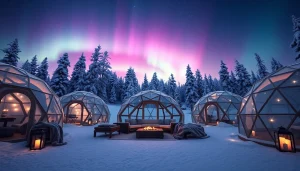



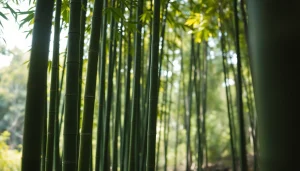

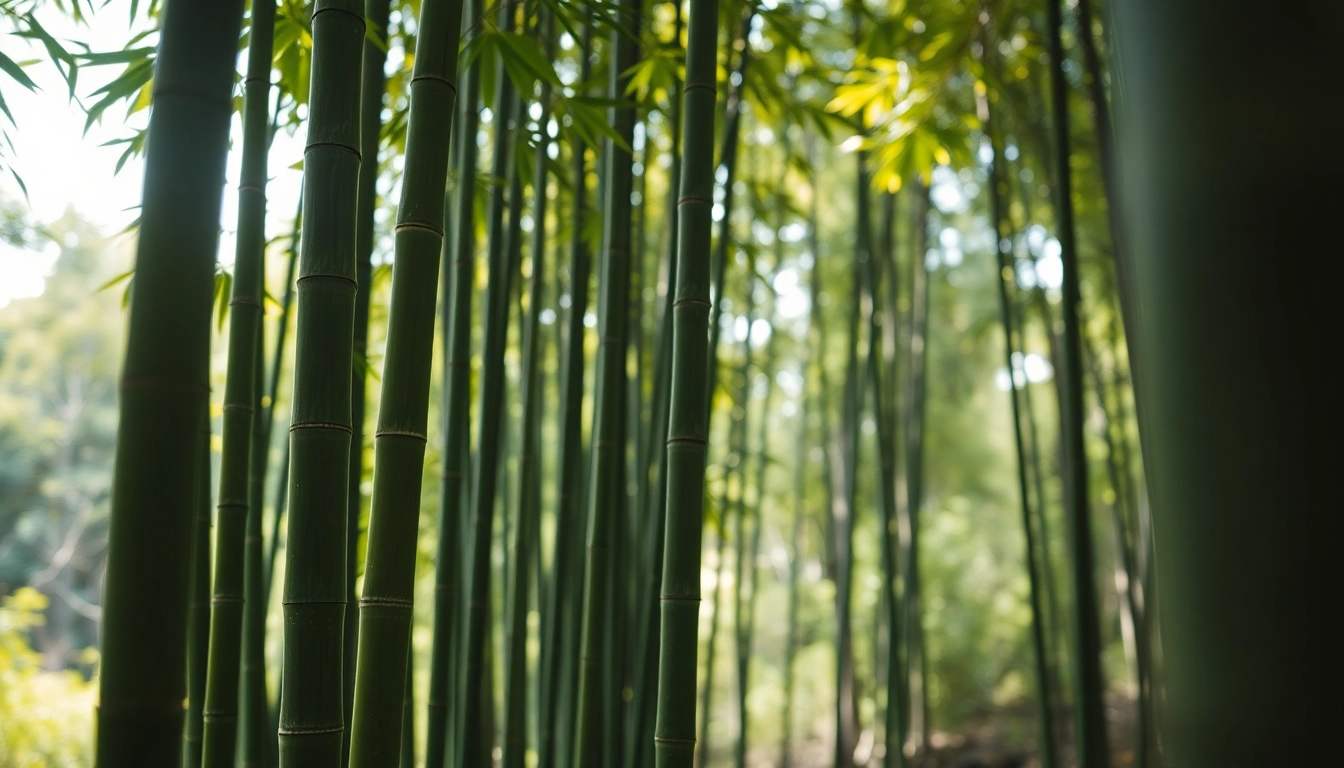
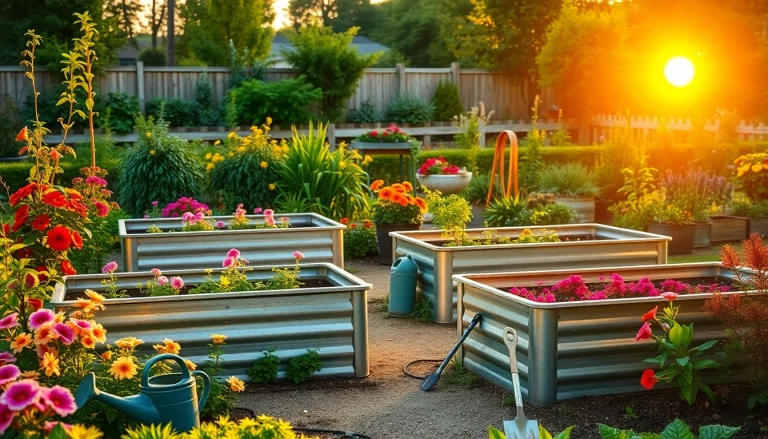

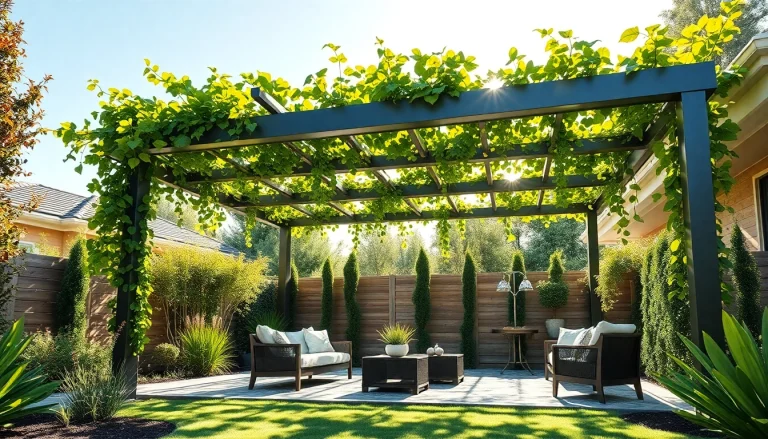







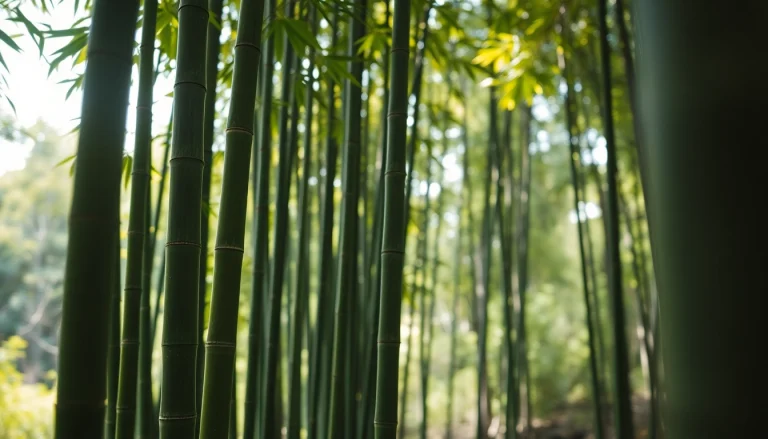
+ There are no comments
Add yours